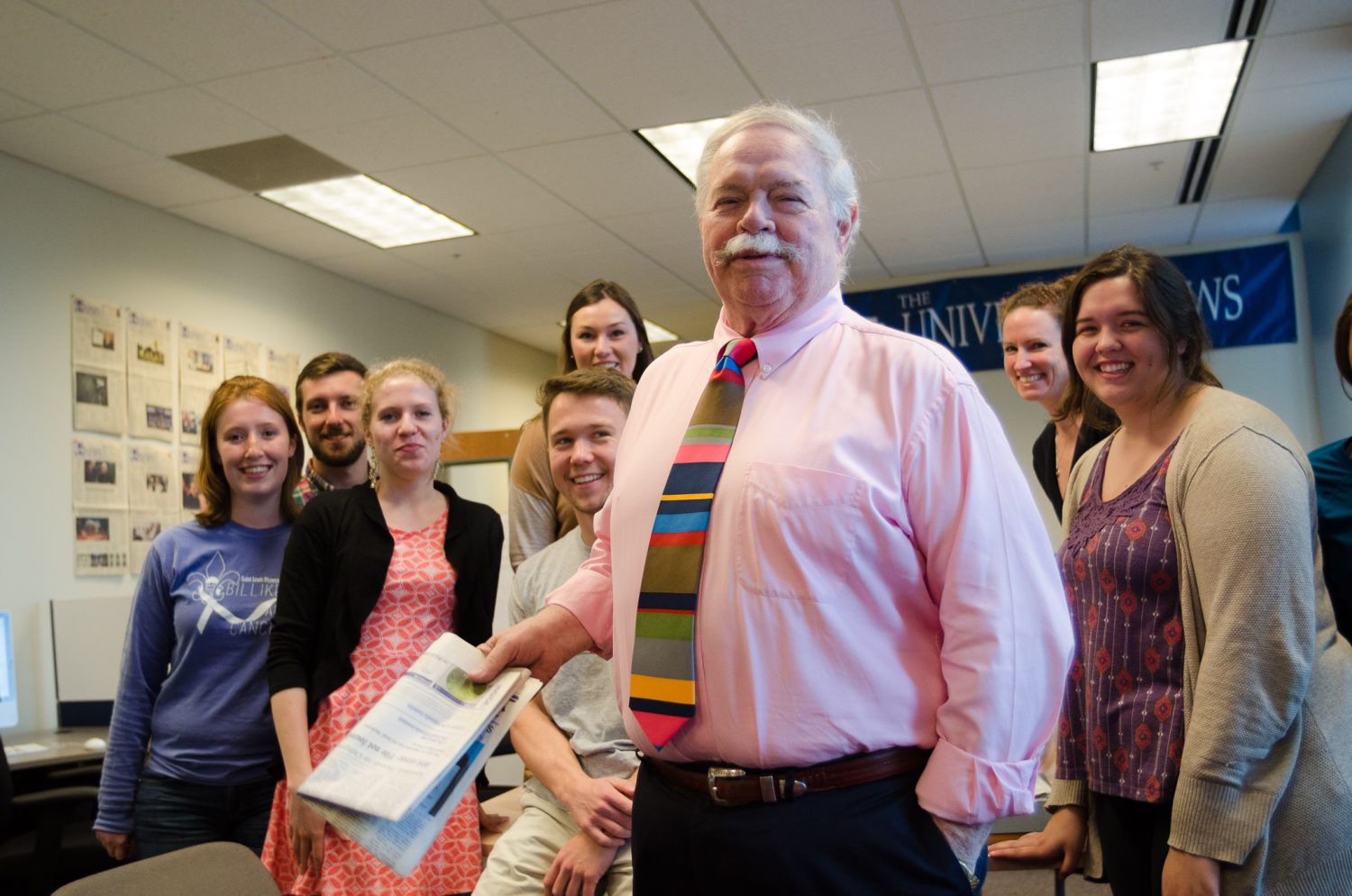“Flamenco dance combines music, song and dance to create an overwhelming sensual and emotional experience,” said Kristina Martinez, a flamenco dancer of 16 years.
Flamenco is one of the best-kept secrets among the world of trend and art. Do not be mistaken, although the image of intricate feather waving and the high legs of flamenco probably come first to mind, flamenco is a totally different style of dancing.
In fact, it could not fly further from it. It could most likely be compared to jazz dance. Similarly, like a tree, the performer’s movement mostly remains planted to the ground-using horizontal and back-and-forth movement to move across the floor space.
The opposite of ballet, which includes lifts and jumps, and focuses on the high space, flamenco stays within the realm of the low spaces surrounding the dancer.
Several elements combine to create a flamenco performance. Hundreds of years ago, gypsies fled from persecution of Indian and Turkish lands into small cities located in southern Spanish regions. Sadly, like many traditions, the exact history of flamenco cannot be traced since it was a learned tradition passed down orally throughout the ages.
During this migration, they expressed themselves in the form of music. With a special type of guitar, they combined many styles of music gained from the migration across the lands they traveled. Due to the settlement in southern Spain, flamenco did not change, since travel was restricted.
As a result, the basic and most important element, music, did not change until much later when song was included.
“Most of the innovations to modern flamenco dance did not occur until the last 50 years,” said Martinez.
First, the music began to appear in the form of sheet music. However, the newest innovation was the addition of a percussion instrument called the cag?n
It adds to the rustic sound of the traditionally used guitar and flute. Music can also be created by the performer by a special technique called palmas, in which she claps her hands producing an extremely loud percussion effect.
In fact, dance was the last element to be added to flamenco. “It is performed mostly as a solo, but can occasionally be performed by both male and female dancers,” Martinez said.
The piece is interpreted by the dancer and is a collaboration of personally developed movements interlaced with the five basic steps of flamenco.
“A lot of spontaneity can occur,” Martinez says. “There is a framework, but with a freedom.”
The costume usually consists of a beautiful and vibrantly colorful form-fitting material. The form-fitting material is concentrated near the midsection to enhance the movements of the dancer’s hips; for therein lies one of the most basic facilities of movement for the flamenco dancer.
The other half of the costume, the long and flowing skirt is made of sheer fabric. The males dress in something that closely resembles that of an ice skater.
Obviously, flamenco dance is a form of dance that is different from all the rest. It combines all around elements like music, song, dance and colorful, festive attire to make it an interesting form of visual, interactive art.
Just like all the others, it has a long history and tradition. Within the community of flamenco dancers, it is popular in itself. Surely, flamenco dance is one in which others would certainly appreciate when taking a closer look.



